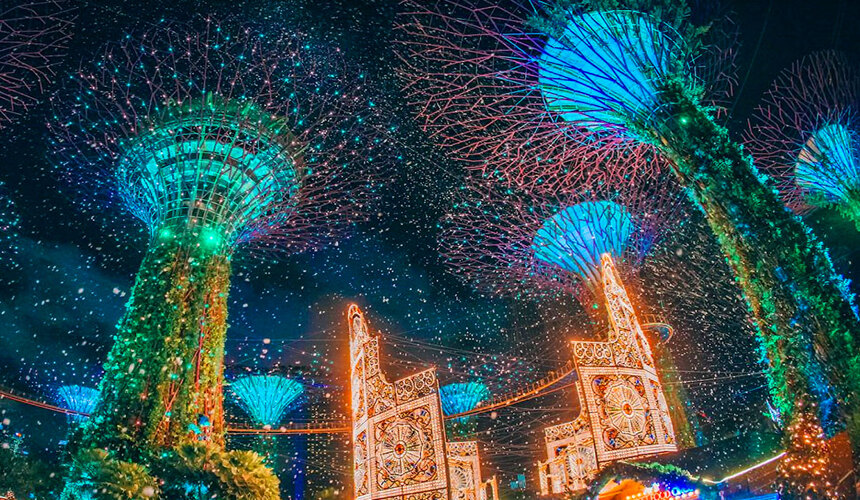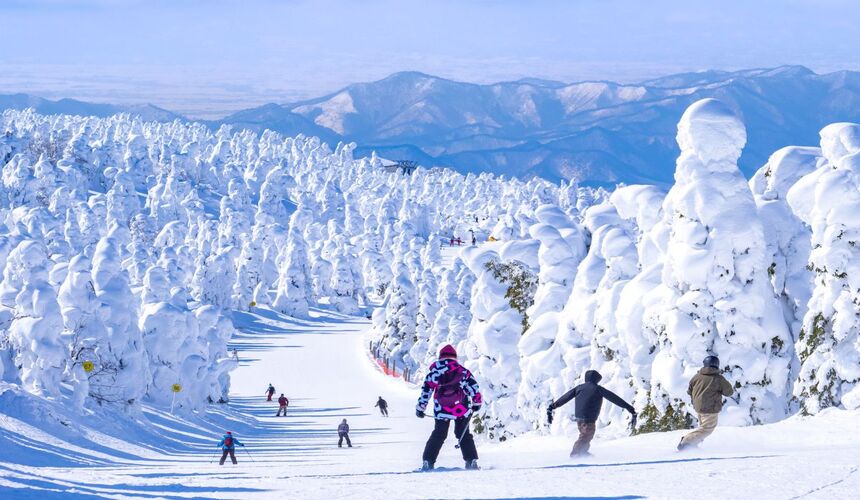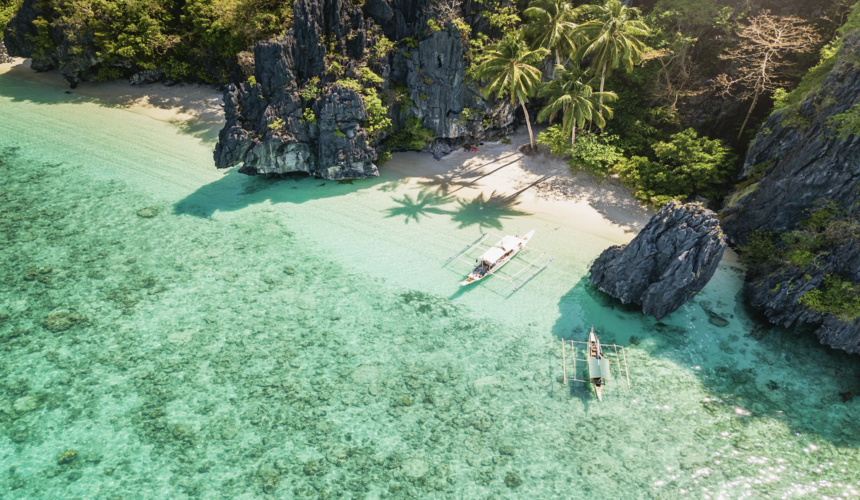
Welcome newbies to China
China is one of the world’s most extensive and ancient civilizations that owns a diverse range of regions, cuisines and cultures. China is a vast and complex country, comprising a multitude of cultural groups, histories, cuisines and languages. We have grouped the most popular activities in China by theme, enabling you to gain a deeper understanding of the country during your extended stay.
Visit some famous imperial sights
The splendor of Imperial China is proudly on display in Beijing and a number of other former capital cities. We recommend beginning your tour of China with a visit to Beijing’s Forbidden City, which served as the imperial palace during the Ming dynasty (1406-1420). Further afield in Beijing are the Temple of Heaven, where the emperor performed rites and sought divine guidance, and the lakes and breezeways of the Summer Palace, a sprawling complex that provided the court with respite during Beijing’s hottest months.
China boasts three other major historical capitals: Nanjing, Luoyang and Xi’an are also home to a plethora of imperial sights and tombs. In Nanjing, the Ming-dynasty Xiaoling Mausoleum is one of the largest imperial tombs in China, while the Presidential Palace was previously the residence of royal princes before it became the home of China’s first republican president, Sun Yat-sen.

Enjoy tasty Chinese food
One of the most rewarding aspects of staying here is the opportunity to explore the vast and diverse culinary landscape that extends beyond the typical fare found in Chinese restaurants abroad. China have eight major cuisines, which are further divided into countless local and regional styles of cooking. This ensures you to find something new to taste in every corner of the country.
It is typical for rice and stir-fried dishes to be more prevalent in southern China, where rice is cultivated, while buns, dumplings and noodles are the staples in the wheat-growing north. We would strongly recommend sampling the xiaolongbao, or soup dumplings, and the crispy Beijing roast duck. For the finest dim sum, Guangdong province is the ideal destination. We recommend sampling the halal, Central Asian-influenced cuisine in the far northwest of Gansu, or alternatively, visiting the Sichuan or Hunan provinces for a more intense culinary experience.

Stroll around gardens in Suzhou
The city of Suzhou is home to 69 classical Chinese gardens, collectively designated a UNESCO World Heritage Site. The gardens vary in size, from the expansive Humble Administrator’s Garden to the more intimate and meticulously crafted Garden of the Master of the Nets. The gardens were designed as private retreats for officials, academics and artists. Every detail within the gardens, from the winding stone pathways and round moon gates to ponds and bonsai trees, was meticulously designed to foster a conducive atmosphere for contemplation and creative pursuits.

Discover Silk Road
A significant portion of the historical trade routes that comprise the Silk Road traverse northwestern China, culminating at Xi’an, which was historically regarded as the eastern terminus of the Silk Road. The townships along the route are home to a rich cultural heritage, particularly of Hui Muslim groups and ethnically Kazakh, Uyghur and Uzbek communities. While Muslim culture is currently dominant, one of the key benefits of travelling China’s section of the Silk Road is the opportunity to discover traces of Buddhist culture, which was transported east to China from India by traders.
Some of the most impressive Buddhist sites in China are located along the Hexi Corridor in Gansu province, including the renowned Mogao Grottoes, which are regarded as one of the most significant repositories of Buddhist art in the world. The days of uncomfortable journeys by camel or bus are now a thing of the past. A high-speed rail line now runs the entire length of the Chinese Silk Road, offering a convenient, environmentally friendly and fast mode of transportation.

Hug a cute panda
In 2021, China’s 67 panda reserves were consolidated into a single Giant Panda National Park, offering a refuge for the 1,631 wild pandas residing within China’s borders. China has recently amended the status of the giant panda from endangered to threatened. As pandas are notoriously shy animals, the Giant Panda Breeding and Research Base in Chengdu is the optimal location for those seeking to observe them in their natural habitat. The base is home to more than 200 giant pandas and a sizeable population of the smaller, fox-like red pandas.

Experience ‘China Golden Triangle’ Trip
China’s most prominent cities are Beijing, Xi’an and Shanghai. The three cities are conveniently connected by high-speed rail, offering a seamless journey between them. The majority of first-time visitors prioritise China’s three most renowned icons: the Great Wall in the vicinity of Beijing, the Terracotta Army of Warriors in the vicinity of Xi’an and the historical Bund and skyscrapers of Shanghai.
By selecting less frequented sections of the Great Wall, such as Mutianyu or the unrestored Jiankou, you can gain a more authentic experience. Winter is an ideal time to climb the Great Wall, with a dusting of snow providing an atmospheric backdrop. It is also a less busy time to view the Terracotta Warriors or take photographs of Shanghai’s futuristic skyline.

Explore minority cultures
The Chinese population is comprised of a diverse range of communities, cultures, and languages. While 90% of the population speaks Mandarin Chinese, there are 55 recognized minority groups across the country. It should be noted that there are numerous other groups, languages and identities that are not officially recognized, in addition to the Miao and Dai of the southwest, the Hui of northwestern Gansu, Qinghai and Ningxia, and the Tibetans, which are among the most well-known.
You may wish to consider seeking out homestays or cultural immersion programs that are run by members of the community. The Linden Center in Xizhou, Yunnan, is an excellent place to start. It is set in a restored heritage building and offers a unique combination of boutique hotels, cultural centers, spiritual retreats, and classrooms. The Center provides an invaluable opportunity for deep immersion into three local communities, with profits directly benefiting those groups.

Hike stunning rice terraces and mountains
China’s mystical mountain landscapes have been celebrated and commemorated in art for thousands of years. The distinctive image of craggy, karst peaks shrouded in mist has been a subject of landscape paintings since the 6th century. It should be noted that mountainous terrain is a feature of much of China. However, the most impressive views of cloud-capped peaks can be found at Yellow Mountain or one of the sacred Daoist peaks, such as Hua Shan or Tai Shan.
The ethereal, column-like mountains of Zhangjiajie in Hunan province served as the inspiration for the film Avatar and offer a range of accessible hiking opportunities. For those seeking more challenging hiking experiences, Tiger Leaping Gorge and the Himalayan borderlands of Yunnan and Sichuan offer excellent opportunities.
One of the most popular images of China is that of the sunset reflecting in the staggered waters of a rice terrace. The Longsheng county area in Guangxi province is renowned for its extensive network of rice terraces, with the most notable example being the Longji terraces located in the vicinity of Zhuang village. Hiking trails connect the terraced fields with the villages of various minority communities. From this location, it is a simple matter to reach Guilin, where a trip down the Li River can be enjoyed. The river is home to a number of striking karst peaks, which have become one of China’s most iconic images.

Pick up some knowledge in China’s museums
China boasts a plethora of world-class museums, showcasing a vast array of artifacts from ancient rituals to cutting-edge modern art. Each province in China has its own provincial museum with locally found objects. However, for a comprehensive overview of national arts and artifacts, we recommend the excellent Shanghai Museum or the National Museum of China in Beijing.
Additionally, there are numerous museums with a more focused scope, such as the Sanxingdui Museum in the vicinity of Chengdu, which is dedicated to a mysterious ancient civilization. Other museums with a more unconventional theme include the Shanghai Museum of Glass, the China Watermelon Museum and the Gaoligong Museum of Handcraft Paper in Yunnan province.

Soak in traditional arts
China has also made significant contributions to the arts and music throughout history. There are numerous venues across the country where visitors can experience traditional Chinese opera. One notable example is the Shantang Kunqu Opera House in Suzhou, which offers intimate opera performances each evening accompanied by a traditional tea service. One of the most enjoyable experiences in China is to rise early and visit local parks, where people can be seen practicing a variety of traditional activities, including sword-play, fan-dancing, taichi, singing, square dancing, water calligraphy and other folk art forms.

Travel to Hong Kong and Macau
Hong Kong is an ideal location for business and leisure. It offers a diverse range of dining options, from high-end banquet restaurants to local eateries, along with a vibrant nightlife and impressive skyline views. We recommend visiting one of the islands, hiking the Dragon’s Back trail or kayaking around Hong Kong Global Geopark.
The old fishing villages that once characterized Macau are being replaced by a proliferation of casinos built on reclaimed land. However, Macau still boasts a wealth of heritage architecture and its own distinctive fusion cuisine, which draws upon local specialties and influences from former colonizers, the Portuguese. If you only have time for one activity in Macau, we highly recommend a visit to Lord Stow’s Bakery to sample the local custard tarts.

Have winter fun in north China
China presents a different aspect during the winter season, with the country having developed its cold-weather offerings, particularly infrastructure for skiing and snowboarding, in preparation for the 2022 Winter Olympics. The most suitable slopes and facilities can be found at Yabuli in Heilongjiang province and Changbaishan in Jilin province.
For those seeking a less active experience, the Harbin Ice and Snow Festival, held annually in the city of Harbin beside the iced-over Songhua River, offers a unique winter wonderland. The festival is the largest of its kind in the world, featuring numerous ice-formed structures and monumental sculptures crafted from ice and snow. Many of these are inspired by renowned global landmarks.

We are delighted to welcome you to China! Good luck, and let us know if there’s anything we can do to help your next trip to this massive and beautiful country. Let’s explore the color of life!



